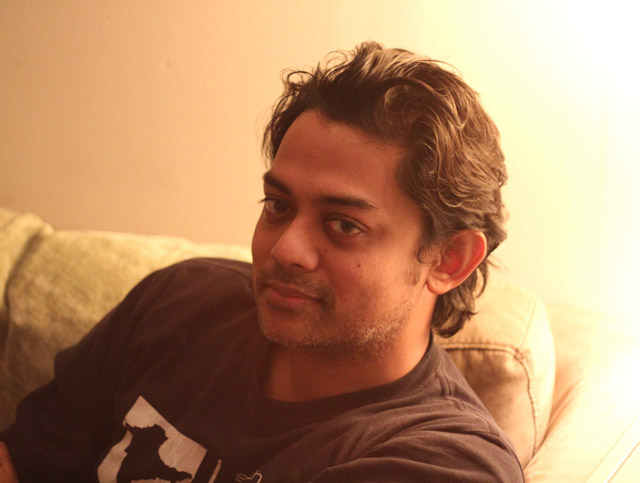
Burning Question
What is the root of the utopian impulse to self-sacrifice by joining political movements? How do people put aside the weight of history, which can lean toward certain less optimistic outcomes, and continue to invest their hope in new movements, in an almost impossible optimism? What lies, in the end, within the capacity for imagining utopia, in spite of contrarian evidence?
Traveling To
Bangladesh and Netherlands
About the Project
Mohaiemen is exploring the paradox of why people continue to invest hope in utopian movements for transformed societies, despite the dominant media discourse about their “inevitable” failure and the possibility of a reaction that creates, instead, a dystopian “brave new world.” Mohaiemen has traveled to Bangladesh, where he met with a diversity of leftist activists—including anthropologists, historians, and journalists—focusing on those who participated in radical movements in the 1970s and 1980s. He now hopes to continue his investigations in the Netherlands, exploring parallels and divergences.
About the Artist
Born 1969, London, England. Lives and works in New York.
Naeem Mohaiemen explores histories of the international left and the contradictions of nationalisms through essays, photography, film, and installation. Since 2006, he has worked on The Young Man Was, a history of the ultra-left in the 1970s, with each portion in a different medium. The latest installment of the project, United Red Army, is a film about the 1977 hijack of a Japan Airlines flight (shobak.org).
Mohaiemen’s essays include “Islamic roots of Hip-Hop” (Sound Unbound, MIT Press), “Asterix and the big fight” (Playing by the rules, Apex Art), “Live true life or die trying” (Visual Culture Reader, 3rd Ed., Routledge), and “These guys are artists and who gives a shit” (System Error, Silvana). The themes he has addressed in his work have been described as “not yet disillusioned fully with the capacity of human society” (Vijay Prashad, Take on Art). Mohaiemen is a Ph.D. student in Anthropology at Columbia University.
Photograph by Abeer Hoque.

